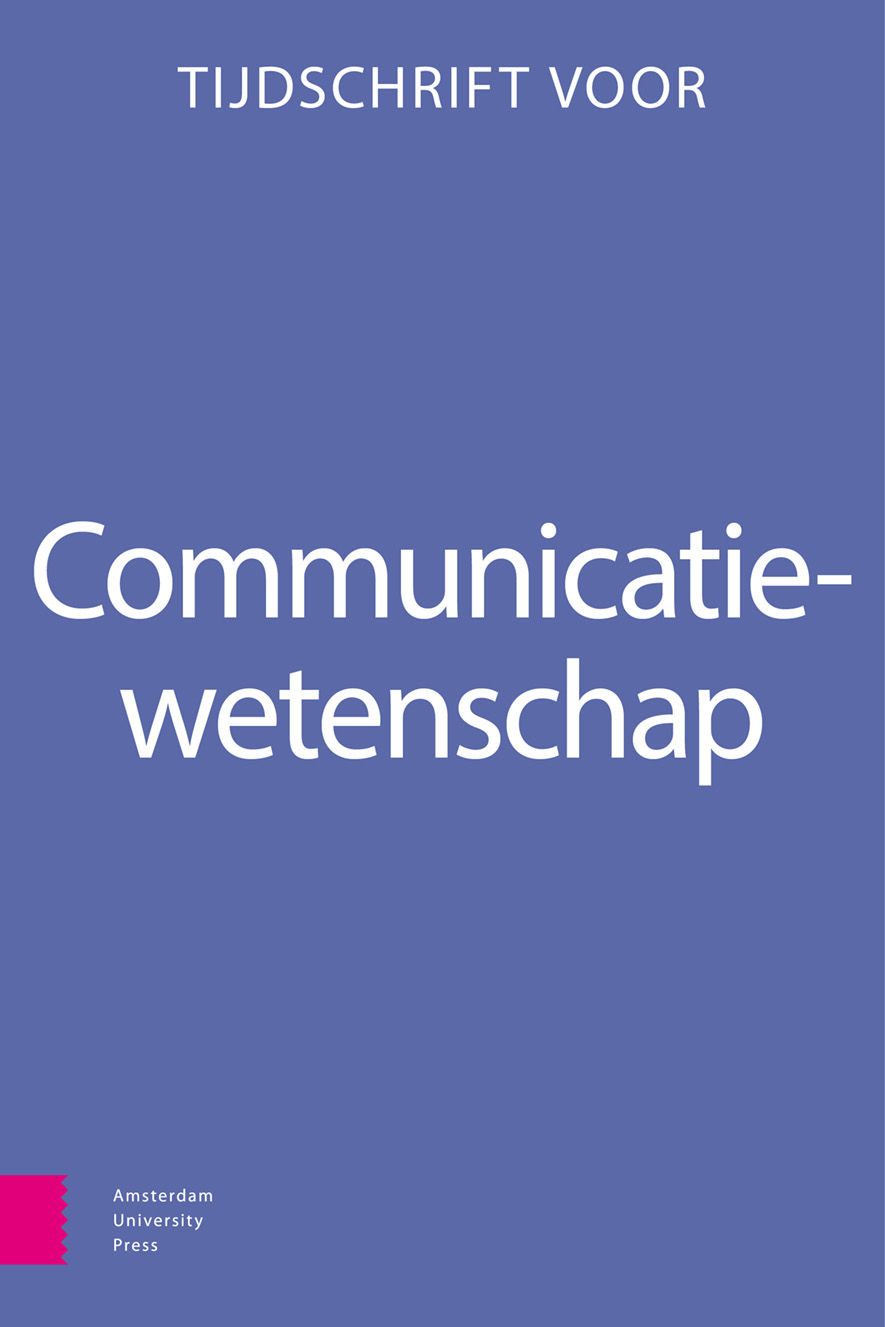-
oa Inhoudspecifiek socialmediagebruik
Hoe een inhoudspecifiek perspectief de effecten van socialmediagebruik op welzijn en lichaamsbeeld verder kan verklaren
- Amsterdam University Press
- Source: Tijdschrift voor Communicatiewetenschap, Volume 52, Issue 2, Jun 2024, p. 232 - 251
-
- 01 Jun 2024
Abstract
Social media worden in de media vaak naar voren geschoven als belangrijke factoren voor een verstoord welzijn of lichaamsbeeld onder adolescenten. Ondanks dat deze negatieve relatie door verschillende onderzoeken bevestigd wordt, zijn dezeresultaten niet altijd eenduidig. Momenteel is er daardoor zowel maatschappelijke als wetenschappelijke discussie over de mogelijke effecten van socialmediagebruik op het welzijn en lichaamsbeeld van jongeren. Om de mogelijke impact van socialmediagebruik op het welzijn en het lichaamsbeeld beter te begrijpen is er een noodzaak om meer te kijken naar de inhoud op social media. Wat zien jongeren bijvoorbeeld allemaal als ze op social media zitten en wat posten ze zelf? Welke invloed heeft dat op het welzijn en het lichaamsbeeld van deze jongeren? En voor welke jongeren zijn de mogelijke effecten schadelijker of juist gunstiger? Het overkoepelende doel van dit doctoraatsonderzoek was om te onderzoeken hoe jongeren social media gebruiken en of, wanneer, en hoe dit hun welzijn en lichaamsbeeld beïnvloedt. Dit artikel geeft een overzicht van onderzoek waarin is onderzocht hoe inhoudspecifiek socialmediagebruik samenhangt met welzijn en lichaamsbeeld van adolescenten.


